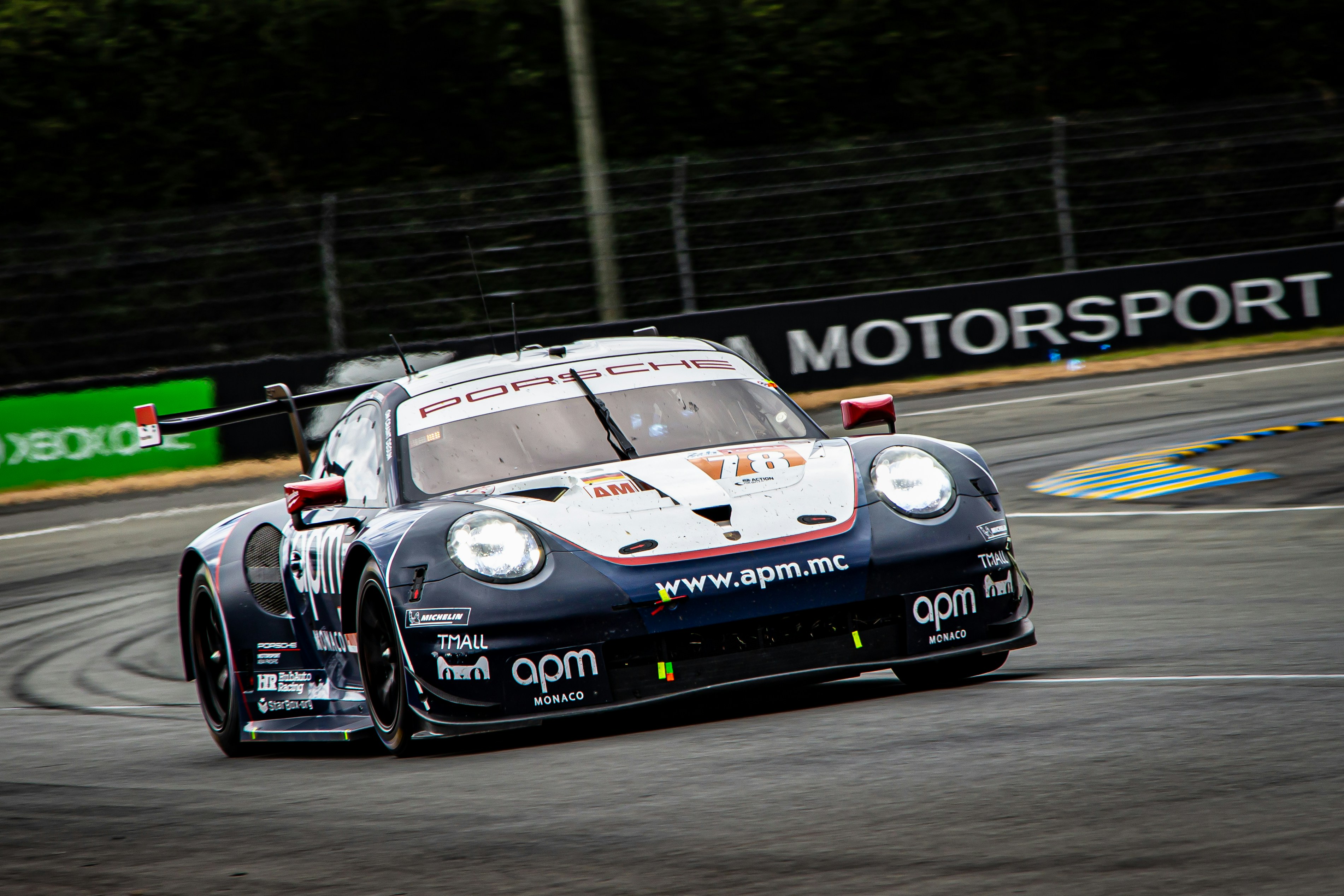Racing Through the Gears: Unveiling the Mystery of Dual Clutch Transmissions
The roar of the engine, the blur of the landscape, the adrenaline-fueled excitement of a high-speed drive—it all hinges on a key piece of technology that’s often overlooked: the transmission. As we delve into the fascinating world of dual clutch transmissions, you'll discover how this innovation has driven the automotive industry forward and why it may be the key to future high-performance vehicles.

The Genesis of Dual Clutch Transmissions
Before we zoom ahead, let’s take a step back in time. The dual clutch transmission (DCT), also known as the twin-clutch or double-clutch transmission, was first conceived in the 1930s by French engineer Adolphe Kégresse, who was renowned for his work on the half-track and dual-clutch transmission systems. Despite the technology’s promise, it took several decades for it to gain traction in the automotive industry. The first application in a production car wasn’t until the 1980s, when Porsche implemented a DCT in their racing cars.
Gear Up: How It Works
A DCT functions through two separate clutches, each controlling a separate set of gears. One clutch operates the even-numbered gears, while the other operates the odd-numbered gears. When the driver or computer selects a gear, the next gear is pre-selected in anticipation. This allows for virtually seamless shifts, reducing the ‘lag’ or ‘loss of torque’ experienced in single clutch systems.
Accelerating Forward: Current Trends
Today, DCTs are increasingly popular in both high-performance and mainstream vehicles. They offer the manual control desired by driving enthusiasts, coupled with the ease and efficiency of automatic shifting. Notably, some of the automotive industry’s leading brands such as BMW, Audi and Volkswagen have adopted DCTs in their vehicle lineups.
The Impact of DCT: Benefits and Challenges
While the DCT offers many advantages, it’s not without its challenges. On the positive side, it provides faster gear changes, improved fuel efficiency and a smoother driving experience. However, DCTs can be complex and expensive to produce and repair. They also have been known to exhibit ‘low-speed judder’ and struggle with ‘creep’, particularly in stop and start traffic conditions.
The Future Gear: DCTs and the Automotive Landscape
Despite these challenges, the future of DCTs in the automotive industry seems bright. They offer a unique blend of performance, efficiency and control, making them increasingly attractive to manufacturers and drivers alike. As we race towards a future of enhanced performance and precision, the dual clutch transmission will undoubtedly continue to play a pivotal role in propelling us forward.
In conclusion, the dual clutch transmission is a testament to the relentless evolution of automotive technology. As it continues to refine and redefine our driving experiences, it serves as a reminder of the fascinating intricacies that lie beneath the hood of our beloved vehicles.






